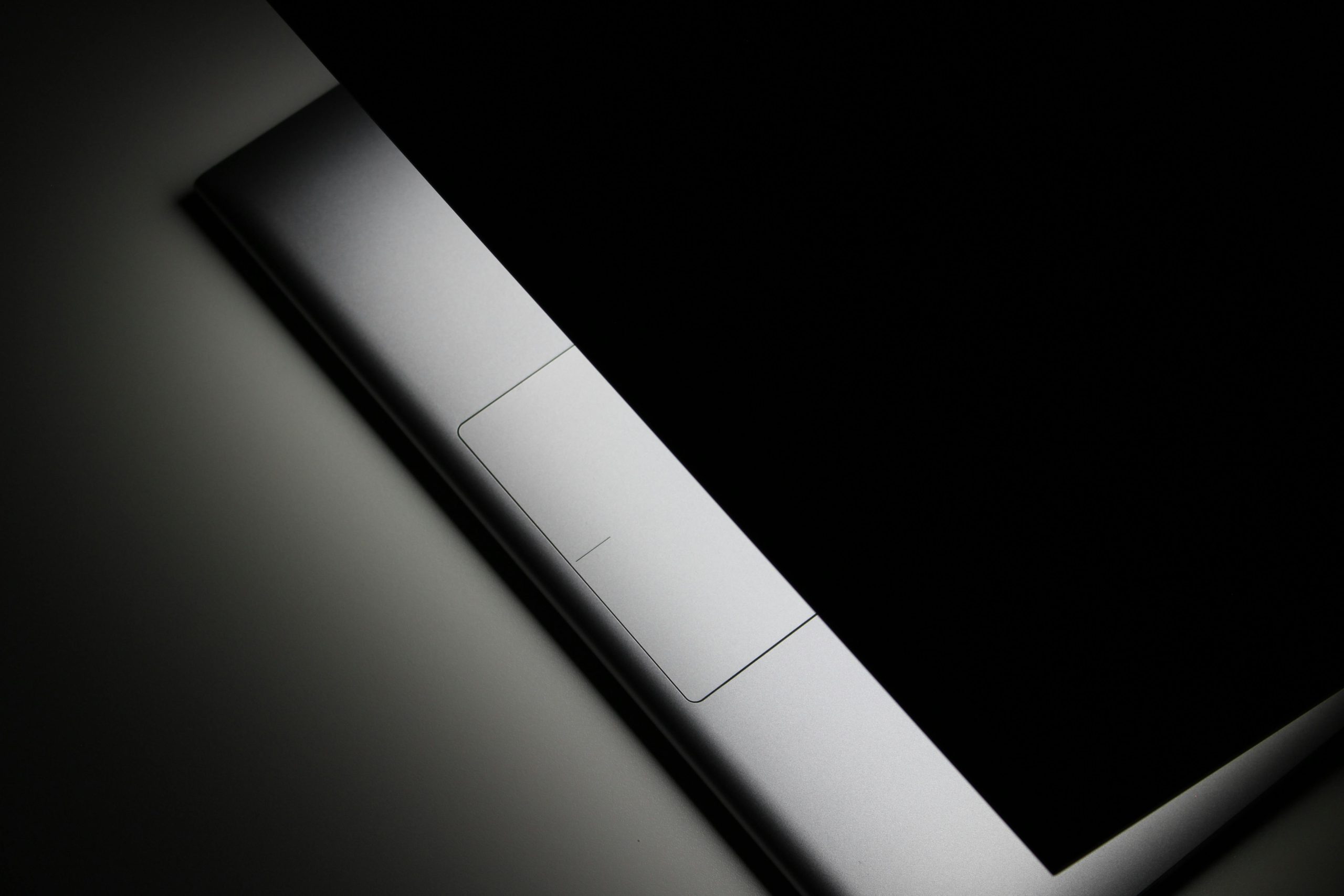Troubleshooting Drive Visibility Issues When Using HDDSuperClone for Data Recovery
Introduction
Creating a disk image is a crucial step in data recovery, especially when dealing with inaccessible files on external drives. HDDSuperClone is a powerful tool that facilitates this process. However, users sometimes encounter challenges when the destination drive does not appear during the image creation process. This article explores common causes and effective solutions for resolving drive visibility issues in HDDSuperClone, particularly when operating within a Linux environment.
Scenario Overview
Consider a situation where a user attempts to back up their WD “My Passport Ultra” external drive by creating an image using HDDSuperClone. The user boots from a USB stick containing a Linux-based OS with HDDSuperClone pre-installed. During the setup, they successfully select the source drive but are unable to locate their internal hard drive as a destination for the image. The only accessible drives are the Linux home directory, desktop, and the USB stick itself.
Understanding the Issue
The core of the problem lies in the Linux system’s handling of drive visibility and permissions. When the user attempts to select a destination drive, only certain internal directories are visible, and external or additional internal drives are not displayed. Notably, the drives are detectable when choosing the cloning function rather than creating an image, indicating that the hardware and connections are functional.
Common Causes
-
Drive Mounting and Mount Points:
Linux automatically mounts accessible drives and assigns mount points, usually under/mediaor/mnt. If the drives are not mounted or the mount points are not recognized, they won’t appear in graphical or command-line drive selectors. -
Permissions and User Access Rights:
Insufficient permissions can prevent the user from viewing or writing to certain drives. Running HDDSuperClone with proper privileges (often as root or using sudo) may be necessary. -
File System Compatibility:
If the internal drive uses a file system not supported or recognized by the Linux live environment, it may not be displayed automatically. -
Drive Detection Limitations in the User Interface:
Some graphical interfaces only display certain types of drives or directories, especially if they are not mounted automatically.
Recommended Solutions
-
Verify Drive Detection and Mount Status
-
Open a terminal within the Linux environment.
- Run
lsblkorfdisk -lto list all connected drives and partitions:
“`bash
lsblk
sudo fd
Share this content:


